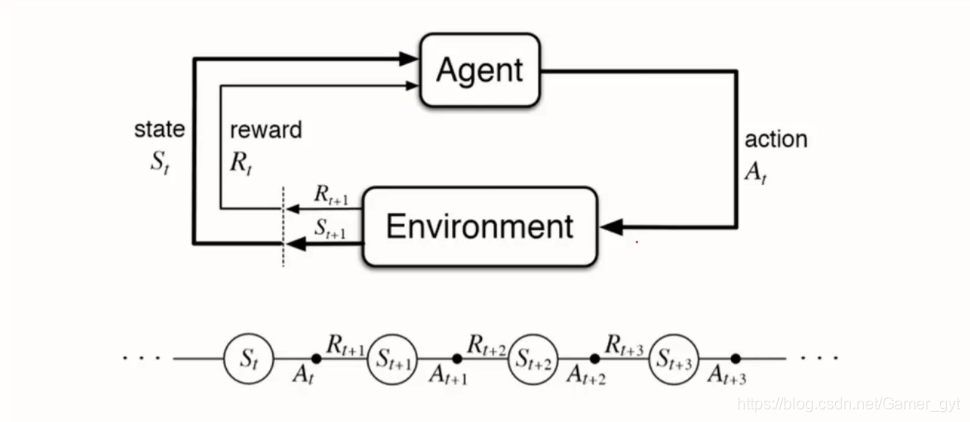Q学习算法在能源领域的应用:可再生能源调度与优化
发布时间: 2024-08-20 22:54:02 阅读量: 28 订阅数: 38 


深度强化学习电气工程复现文章,适合小白学习 关键词:能量管理 深度学习 强化学习 深度强化学习 能源系统 优化调度 编程语言:p

# 1. Q学习算法基础**
Q学习算法是一种强化学习算法,它通过与环境交互来学习最优行为策略。在Q学习中,每个状态-动作对都有一个Q值,表示执行该动作后获得的预期奖励。算法通过更新Q值来学习最优策略,即选择具有最高Q值的动作。
Q学习算法的更新规则为:
```
Q(s, a) <- Q(s, a) + α * (r + γ * max_a' Q(s', a') - Q(s, a))
```
其中:
* s:当前状态
* a:当前动作
* r:执行动作后获得的奖励
* γ:折扣因子,用于平衡当前奖励和未来奖励
* α:学习率,控制更新幅度
# 2. Q学习算法在能源领域应用的理论基础
### 2.1 可再生能源调度问题建模
**可再生能源调度问题**是指在满足电网稳定性和可靠性要求的前提下,优化可再生能源发电机的出力,以最大限度地利用可再生能源,降低发电成本。
**调度问题建模**
可再生能源调度问题通常建模为一个非线性优化问题,目标函数为最小化系统发电成本或最大化可再生能源利用率。约束条件包括电网平衡约束、可再生能源发电机出力约束、电网安全约束等。
**优化变量**
优化变量包括可再生能源发电机出力、储能系统充放电功率、负荷需求等。
### 2.2 Q学习算法在调度问题中的适用性分析
**Q学习算法**是一种无模型强化学习算法,其适用于解决马尔可夫决策过程(MDP)问题。MDP问题具有以下特点:
- **状态空间**:系统所有可能的状态集合。
- **动作空间**:系统在每个状态下可以采取的所有动作集合。
- **奖励函数**:系统在执行特定动作后获得的奖励。
- **状态转移概率**:系统在执行特定动作后转移到特定状态的概率。
**调度问题与MDP的对应关系**
可再生能源调度问题可以转化为一个MDP问题:
- **状态空间**:电网状态,包括可再生能源发电机出力、负荷需求、电网频率等。
- **动作空间**:可再生能源发电机出力调整、储能系统充放电功率调整等。
- **奖励函数**:系统发电成本或可再生能源利用率。
- **状态转移概率**:电网状态在执行特定动作后的变化概率。
**Q学习算法的适用性**
Q学习算法适用于解决调度问题,因为它具有以下优点:
- **无需模型**:不需要预先建立系统模型,只需通过与环境交互获得数据。
- **自适应**:算法可以根据环境变化自动调整策略。
- **收敛性**:算法经过足够多的训练后,可以收敛到最优策略。
**代码块:Q学习算法伪代码**
```python
# 初始化Q表
Q = {}
# 训练过程
for episode in range(num_episodes):
# 初始化状态
state = env.reset()
# 循环直到结束
while True:
# 选择动作
action = epsilon_greedy(Q, state)
# 执行动作
next_state, reward, done, _ = env.step(action)
# 更新Q表
Q[state, action] += alpha * (reward + gamma * max(Q[next_state, :]) - Q[state, action])
# 更新状态
state = next_state
# 退出条件
if done:
break
```
**逻辑分析:**
- 算法初始化一个Q表,存储状态-动作对的Q值。
- 训练过程中,算法不断与环境交互,收集数据并更新Q表。
- 算法选择动作时,采用ε-贪心策略,即以概率ε随机选择动作,以概率1-ε选择Q值最大的动作。
- 算法更新Q表时,使用贝尔曼方程,将当前Q值与未来最大Q值的加权和作为新的Q值。
- 算法通过反复训练,逐渐收敛到最优策略,即在每个状态下选择Q值最大的动作。
**参数说明:**
- `num_episodes`:训练回合数。
- `epsilon`:ε-贪心策略中的ε值。
- `alpha`:学习率。
- `gamma`:折扣因子。
# 3.1 Q学习算法在可再生能源调度中的应用实例
#### 3.1.1 风电场调度优化
风电场调度优化是Q学习算法在能源领域应用的一个典型实例。风电场调度涉及到风力涡轮机的功率输出控制,以最大化风电场的发电量,同时满足电网的稳定性和可靠性要求。
#### 3.1.2 具体实现步骤
Q学习算法在风电场调度优化中的具体实现步骤如下:
1. **环境建模:**将风电场调度问题建模为马尔可夫决策过程(MDP),其中状态空间由风速、风向、风电场负荷等因素组成,动作空间由风力涡轮机的功率输出设置组成。
2. **Q表初始化:**初始化Q表,其中Q(s, a)表示在状态s下执行动作a的Q值。
3. **策略选择:**根据当前状态s,使用ε-贪婪策略选择动作a。
4. **执行动作:**在风电场中执行动作a,并观察新的状态s'和奖励r。
5. **Q值更新:**根据贝尔曼方程更新Q值:Q(s, a) ← Q(s, a) + α[r + γ max_a' Q(s', a') - Q(s, a)]
6. **重复步骤3-5:**重复步骤3-5,直到Q表收敛或达到预定的迭代次数。
#### 3.1.3 逻辑分析
Q
0
0





